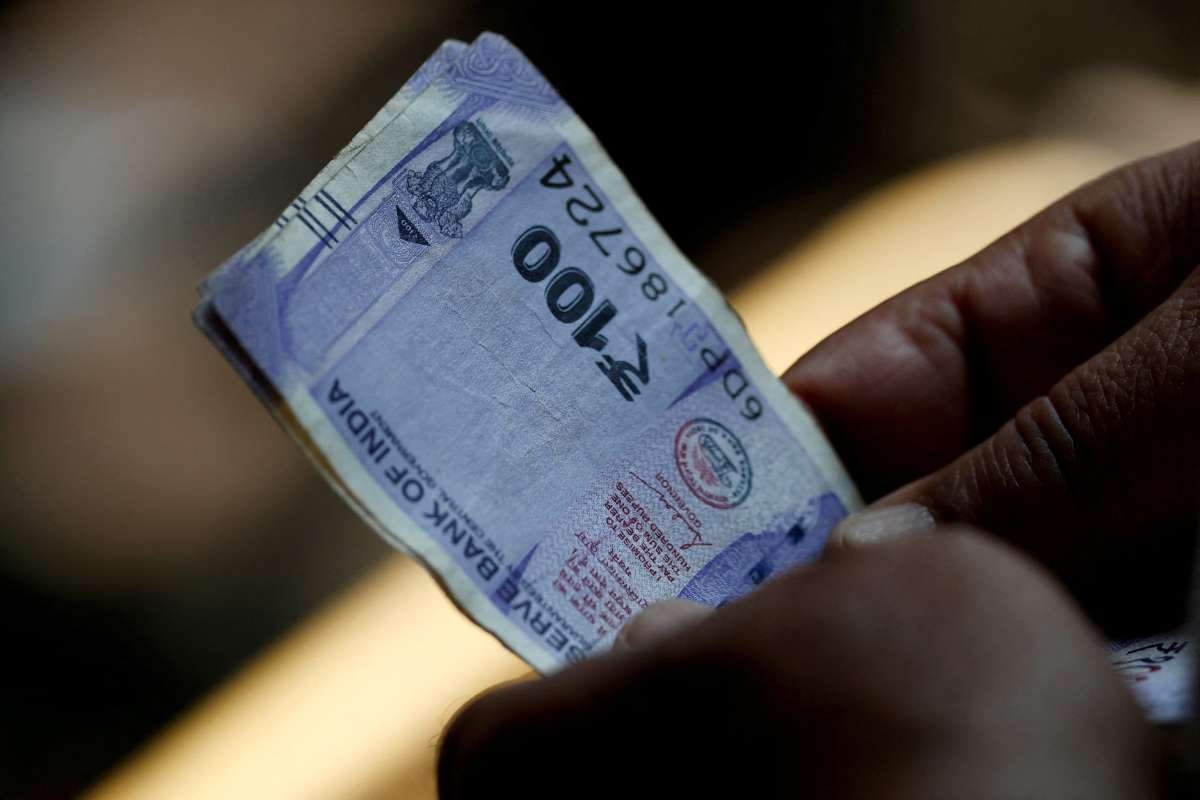Rupee Depreciates Against the US Dollar
In early trade on Monday, the Indian rupee fell by 22 paise to 86.44 against the US dollar, reflecting the impact of a stronger American currency and a sluggish performance in domestic equities. Forex traders noted that while the rupee had strengthened on Friday, it opened lower on Monday as concerns over the uncertainty surrounding the US President’s tariffs resurfaced. The rupee had closed at 86.22 against the dollar on Friday, marking a 22-paise gain. On Monday, however, it opened at 86.35 before falling further to 86.44, leading to a 22-paise depreciation.
Traders cited the strength of the US dollar in international markets and a muted domestic equity market as the primary reasons behind the rupee’s decline. As of Monday morning, the dollar index, which measures the greenback’s strength against a basket of six major currencies, stood at 107.67, up by 0.21%. The ongoing uncertainty surrounding the US President’s tariff policies is further fueling volatility in the forex markets.
US-Colombia Tensions and Trade Relations
In a related geopolitical development, the US has paused its sanctions and tariffs on Colombia after the country agreed to accept all of the US President’s terms, including accepting deported migrants from the US. The announcement came after tensions between the two countries escalated when Colombia turned away US military aircraft carrying detained migrants. The US government had threatened to impose a 25% tariff on Colombian goods, adding to the pressure on the Latin American nation.
Following a series of negotiations, the White House confirmed that Colombia had agreed to accept the return of illegal immigrants from the US, including those deported on US military flights, without any restrictions or delays. This agreement has temporarily eased trade tensions and reduced the threat of tariffs on Colombia’s exports to the US.
Economic Indicators and Market Sentiment
The rupee’s depreciation comes amid broader economic concerns, including the continued outflow of foreign funds and a decline in India’s foreign exchange reserves. On Friday, foreign institutional investors (FIIs) offloaded Rs 2,758.49 crore in Indian capital markets, exacerbating the pressure on the rupee. Meanwhile, India’s foreign exchange reserves dropped by USD 1.88 billion to USD 623.983 billion for the week ending January 17. This decline follows a previous reduction of USD 8.71 billion for the week ending January 10.
In the domestic equity market, the benchmark 30-share BSE Sensex was down by 296.31 points or 0.39% at 75,894.15, while the Nifty had fallen by 90.50 points or 0.39% to 23,001.70. The decline in market indices reflects concerns over global economic uncertainty, further adding to the challenges faced by the rupee.
Furthermore, market participants are closely watching the upcoming Union Budget, with hopes that favorable measures will be announced to attract foreign investments and support the rupee’s recovery. In the global oil market, Brent crude prices also showed signs of weakening, falling by 0.57% to USD 78.05 per barrel in futures trade. However, the drop in oil prices is unlikely to offer significant relief to the rupee, given the ongoing uncertainty surrounding global trade and economic policies influenced by the US President’s tariff.







